Research on Teaching of Internet of Things Communication Technology Based on Project Task Drive
DOI: 10.23977/cpcs.2025.090103 | Downloads: 25 | Views: 1076
Author(s)
Xianfeng Zhong 1, Zhenjun Chen 1
Affiliation(s)
1 Mechanical and Electrical Engineering College, Qingdao Binhai University, Qingdao, 266555, Shandong, China
Corresponding Author
Xianfeng ZhongABSTRACT
With the rapid development of Internet of Things technology, the teaching of Internet of Things communication technology has become an important part of modern education. However, the existing teaching of Internet of Things communication technology has problems such as the disconnection between theory and practice, insufficient practical ability of students, and lack of innovation. In order to improve students' understanding and application ability of Internet of Things communication technology, this paper introduces the project-driven teaching method (PBL). This method promotes students to master communication technology in the process of solving problems by involving them in actual project tasks, and improves their teamwork and autonomous learning abilities. Specifically, the teaching content includes the design of teaching tasks based on the AGV scheduling system. Students design and implement AGV scheduling systems based on different communication technologies, conduct simulation tests, build an Internet of Things experimental environment, and conduct actual operation verification. In this process, students can deepen their understanding of technologies such as CAN bus, RS485 bus, WiFi, Bluetooth, 5G, etc., and improve their problem analysis and problem solving capabilities in actual engineering. By refining task requirements and experimental links, students' control over data transmission rate, signal stability, and anti-interference ability has been significantly improved. This study shows that all groups have different levels of performance in terms of innovation, data transmission rate, and control accuracy improvement. First of all, in terms of innovation scoring, Group 5 receives the highest score of 10, indicating that it shows strong innovation in the design and implementation process.
KEYWORDS
Internet of Things Communication Technology; Project Task Driven Teaching; AGV Dispatching System; Practical Ability; Teaching MethodCITE THIS PAPER
Xianfeng Zhong, Zhenjun Chen, Research on Teaching of Internet of Things Communication Technology Based on Project Task Drive. Computing, Performance and Communication Systems (2025) Vol. 9: 14-23. DOI: http://dx.doi.org/10.23977/cpcs.2025.090103.
REFERENCES
[1] Badshah A, Ghani A, Daud A, et al. Towards smart education through internet of things: A survey[J]. ACM Computing Surveys, 2023, 56(2): 1-33.
[2] Silalahi L M, Simanjuntak I U V, Rochendi A D. Internet of Things Education Teaching and Learning Centre Harapan Bunda School Jakarta[J]. ABDIMAS: Jurnal Pengabdian Masyarakat, 2023, 6(4): 4439-4448.
[3] Meylani R. Transforming Education with the Internet of Things: A Journey into Smarter Learning Environments[J]. International Journal of Research in Education and Science, 2024, 10(1): 161-178.
[4] Gökçearslan Ş, Yildiz Durak H, Atman Uslu N. Acceptance of educational use of the Internet of Things (IoT) in the context of individual innovativeness and ICT competency of pre-service teachers[J]. Interactive Learning Environments, 2024, 32(2): 557-571.
[5] Srinivasulu M, Shivamurthy G, Venkataramana B. Quality of service aware energy efficient multipath routing protocol for internet of things using hybrid optimization algorithm[J]. Multimedia Tools and Applications, 2023, 82(17): 26829-26858.
[6] Alhasan A, Hussein M H, Audah L, et al. A case study to examine undergraduate students’ intention to use internet of things (IoT) services in the smart classroom[J]. Education and Information Technologies, 2023, 28(8): 10459-10482.
[7] Alzahrani A. An analysis of the Technology Acceptance Model TAM in understanding Faculty’s behavioral intention to use Internet of Things IOT[J]. IJERI: International Journal of Educational Research and Innovation, 2023 (19): 153-169.
[8] Mahariya S K, Kumar A, Singh R, et al. Smart campus 4.0: Digitalization of university campus with assimilation of industry 4.0 for innovation and sustainability[J]. J. Adv. Res. Appl. Sci. Eng. Technol, 2023, 32(1): 120-138.
[9] Akila D, Garg H, Pal S, et al. Research on recognition of students attention in offline classroom-based on deep learning[J]. Education and Information Technologies, 2024, 29(6): 6865-6893.
[10] Alhalangy A, AbdAlgane M. Exploring the impact of AI on the EFL context: A case study of Saudi universities[J]. Alhalangy, AGI, AbdAlgane, M.(2023). Exploring The Impact Of AI On The EFL Context: A Case Study Of Saudi Universities. Journal of Intercultural Communication, 2023, 23(2): 41-49.
[11] Hsiao H S, Chen J C, Chen J H, et al. A study on the effects of using gamification with the 6E model on high school students' computer programming self-efficacy, IoT knowledge, hands-on skills, and behavioral patterns[J]. Educational technology research and development, 2023, 71(4): 1821-1849.
[12] Yan L. A Low-Complexity Channel Estimation in Internet of Vehicles in Intelligent Transportation Systems for 5G Communication[J]. Journal of Organizational and End User Computing, 2023, 35(1): 1-21.
| Downloads: | 3258 |
|---|---|
| Visits: | 202335 |
Sponsors, Associates, and Links
-
Power Systems Computation
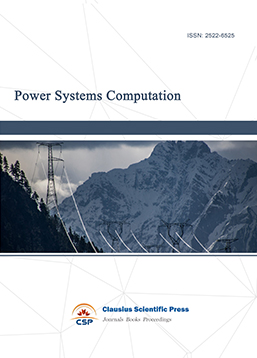
-
Internet of Things (IoT) and Engineering Applications
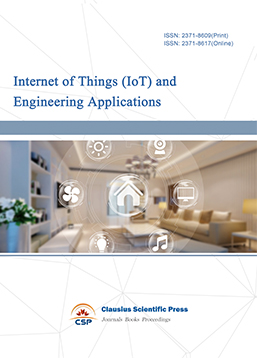
-
Journal of Artificial Intelligence Practice
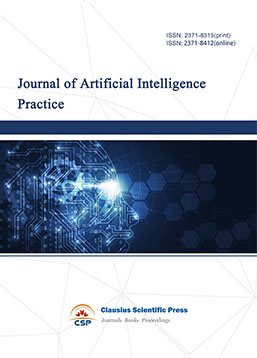
-
Advances in Computer, Signals and Systems
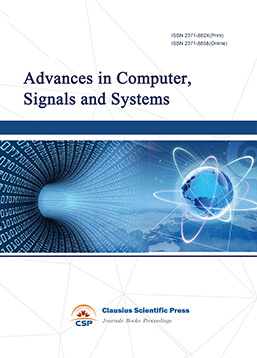
-
Journal of Network Computing and Applications
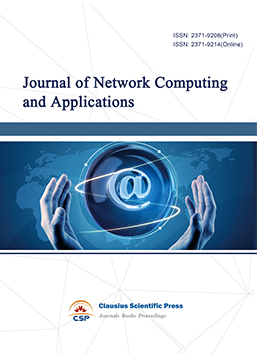
-
Journal of Web Systems and Applications
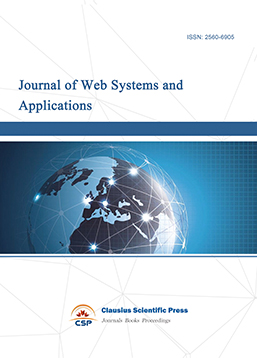
-
Journal of Electrotechnology, Electrical Engineering and Management
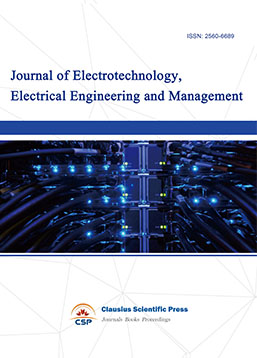
-
Journal of Wireless Sensors and Sensor Networks
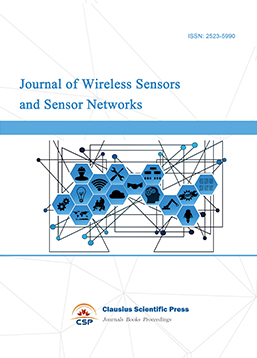
-
Journal of Image Processing Theory and Applications
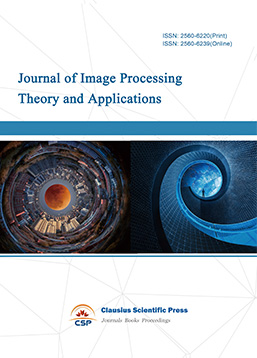
-
Mobile Computing and Networking
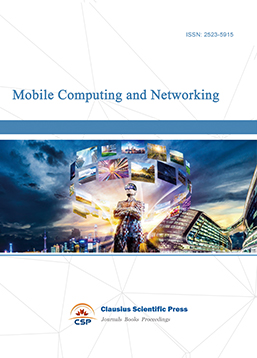
-
Vehicle Power and Propulsion
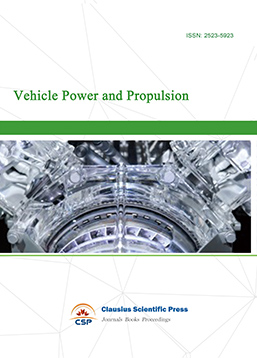
-
Frontiers in Computer Vision and Pattern Recognition
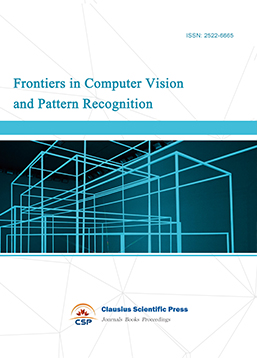
-
Knowledge Discovery and Data Mining Letters
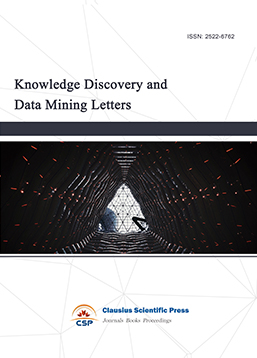
-
Big Data Analysis and Cloud Computing
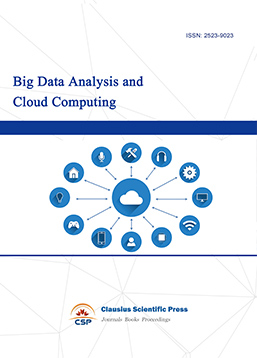
-
Electrical Insulation and Dielectrics
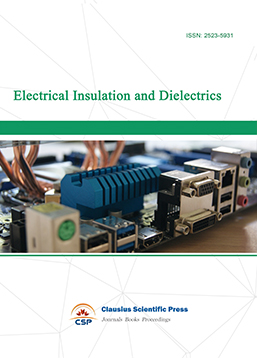
-
Crypto and Information Security
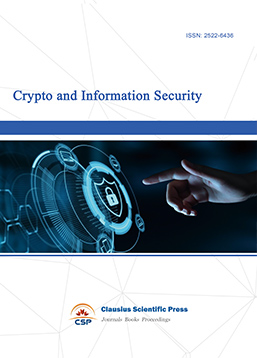
-
Journal of Neural Information Processing

-
Collaborative and Social Computing
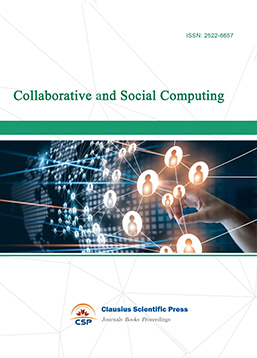
-
International Journal of Network and Communication Technology
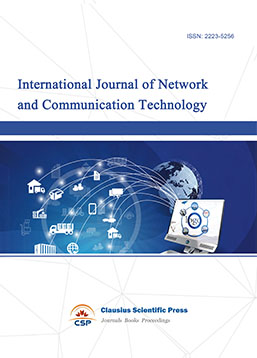
-
File and Storage Technologies
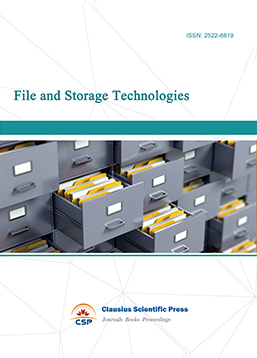
-
Frontiers in Genetic and Evolutionary Computation
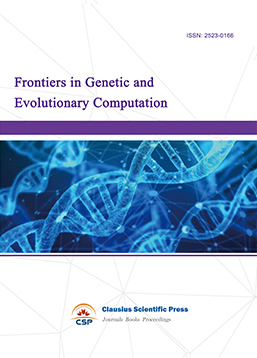
-
Optical Network Design and Modeling
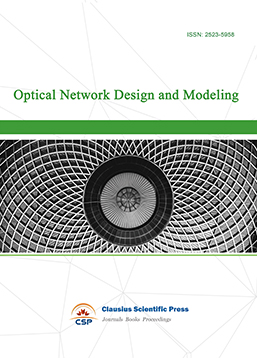
-
Journal of Virtual Reality and Artificial Intelligence
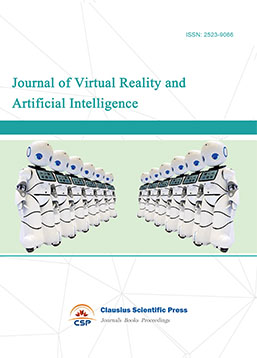
-
Natural Language Processing and Speech Recognition
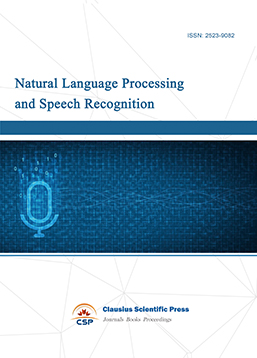
-
Journal of High-Voltage
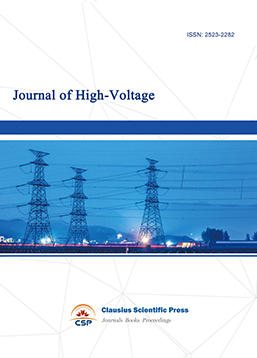
-
Programming Languages and Operating Systems
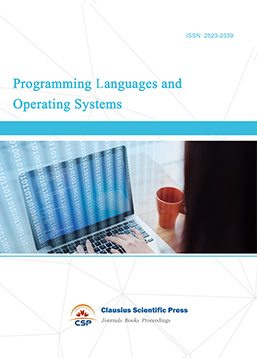
-
Visual Communications and Image Processing
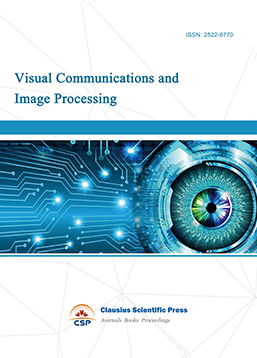
-
Journal of Systems Analysis and Integration
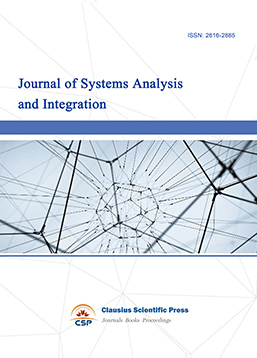
-
Knowledge Representation and Automated Reasoning
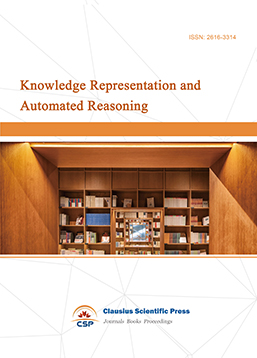
-
Review of Information Display Techniques
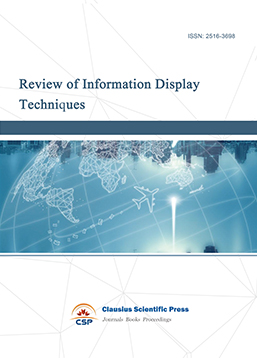
-
Data and Knowledge Engineering
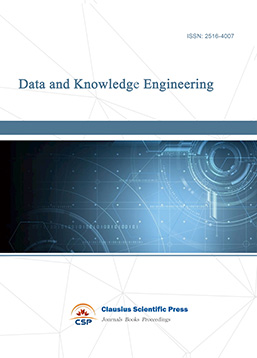
-
Journal of Database Systems
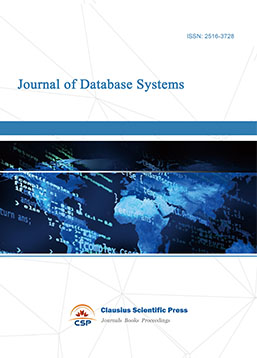
-
Journal of Cluster and Grid Computing
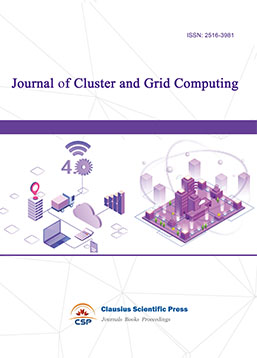
-
Cloud and Service-Oriented Computing
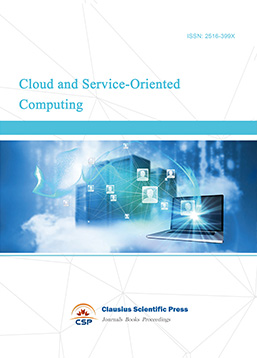
-
Journal of Networking, Architecture and Storage
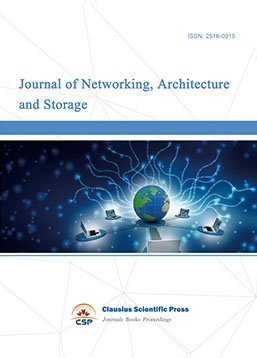
-
Journal of Software Engineering and Metrics
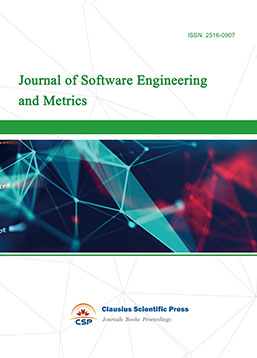
-
Visualization Techniques
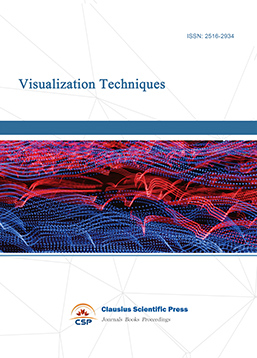
-
Journal of Parallel and Distributed Processing
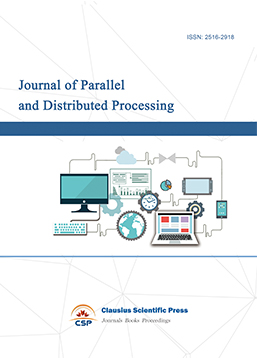
-
Journal of Modeling, Analysis and Simulation
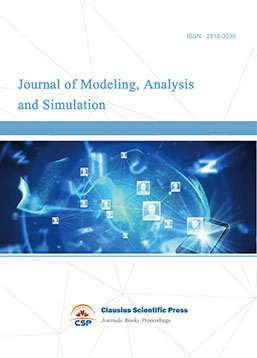
-
Journal of Privacy, Trust and Security
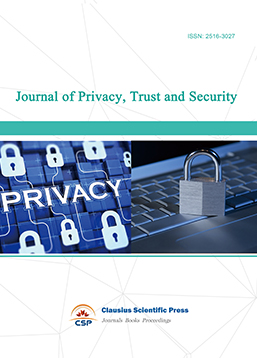
-
Journal of Cognitive Informatics and Cognitive Computing
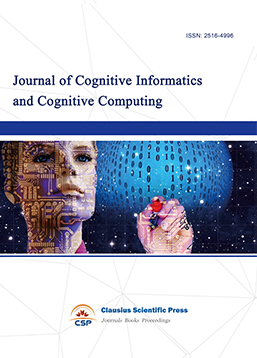
-
Lecture Notes on Wireless Networks and Communications
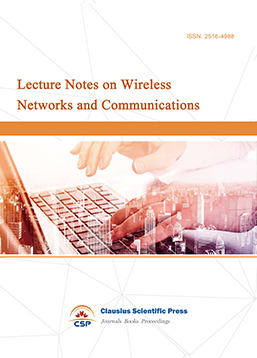
-
International Journal of Computer and Communications Security
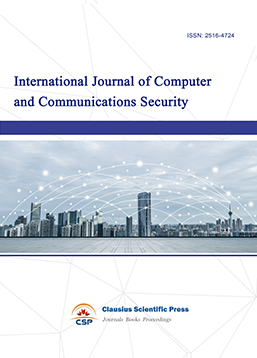
-
Journal of Multimedia Techniques
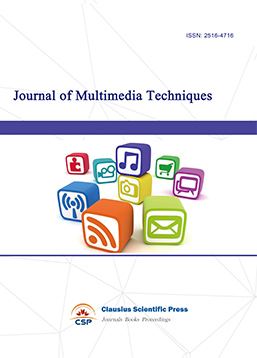
-
Automation and Machine Learning
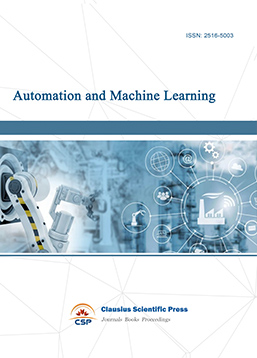
-
Computational Linguistics Letters
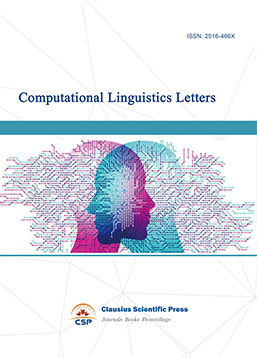
-
Journal of Computer Architecture and Design
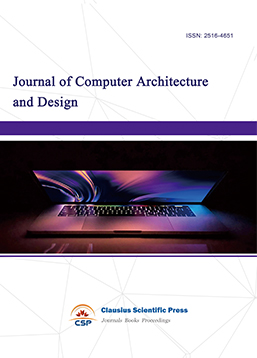
-
Journal of Ubiquitous and Future Networks
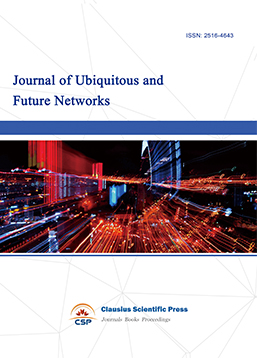

 Download as PDF
Download as PDF